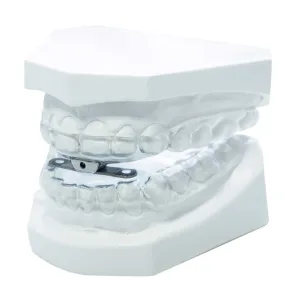Snoring Treatment
4 in 10 people snore, but it isn’t just a night time nuisance—it can have serious impacts on both your health and relationships. Aside from the disturbed sleep, fatigue, irritability and daytime tiredness, finding a Snoring Treatment is even more important when you know that serious snorers have increased risk of heart disease, stroke, high blood pressure and type II diabetes. Interestingly studies show that some of these risks are also shared by the sleep partner of the snorer. We can can offer solutions that can help with this problem. When you want to know how to stop snoring there are many options to try but few work predictably. For expert advice why not book a remote no obligation consultation
What is snoring
Snoring is the sound that occurs when air flows past relaxed tissues in the throat during sleep, causing them to vibrate. This typically happens when the airway is partially obstructed, which can result from factors such as nasal congestion, poor muscle tone in the throat, or excess tissue around the neck. While snoring is common and usually harmless, it can vary in severity—from light, occasional sounds to loud, disruptive noises that affect sleep quality. In some cases, snoring may indicate a more serious underlying condition, such as sleep apnoea, where the airway is repeatedly blocked, leading to brief pauses in breathing during sleep. Sleep devices are one very effective snoring treatment so that you ( and your partner) wake up ready for the day and feeling refreshed.
What Snoring Treatment with a Sleep Device
A custom sleep device is a specially designed oral appliance made to help improve your sleep by addressing issues like snoring or sleep apnoea. It is tailored to fit your mouth comfortably and works by gently repositioning your jaw or tongue to keep your airway open while you sleep. This helps reduce interruptions to your breathing, allowing for a more restful and healthier night’s sleep. It’s a non-invasive, easy-to-use alternative to other treatments like CPAP machines and is customised specifically for your needs.
–
–
–


